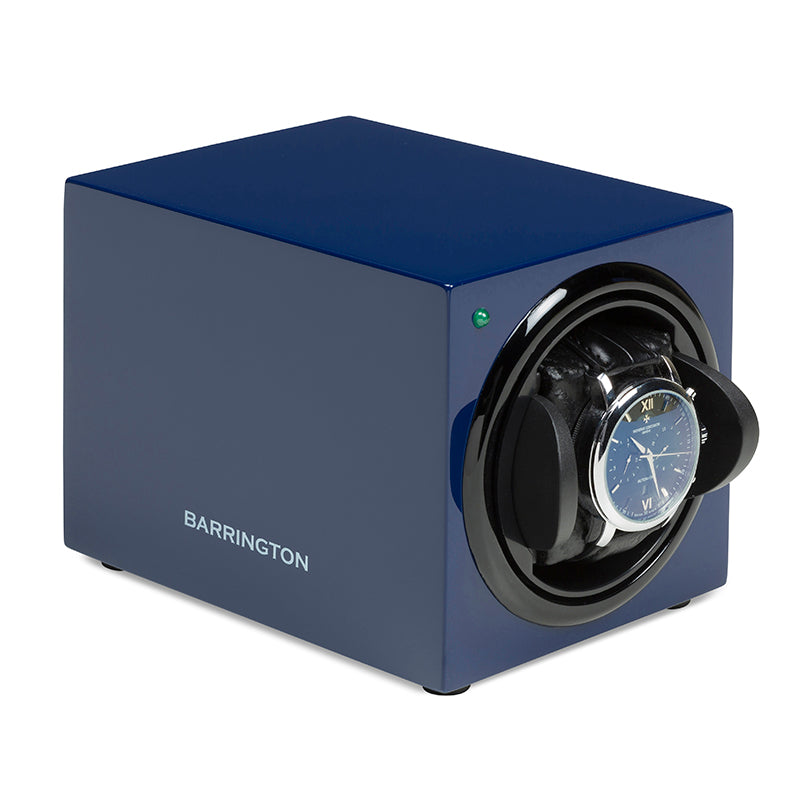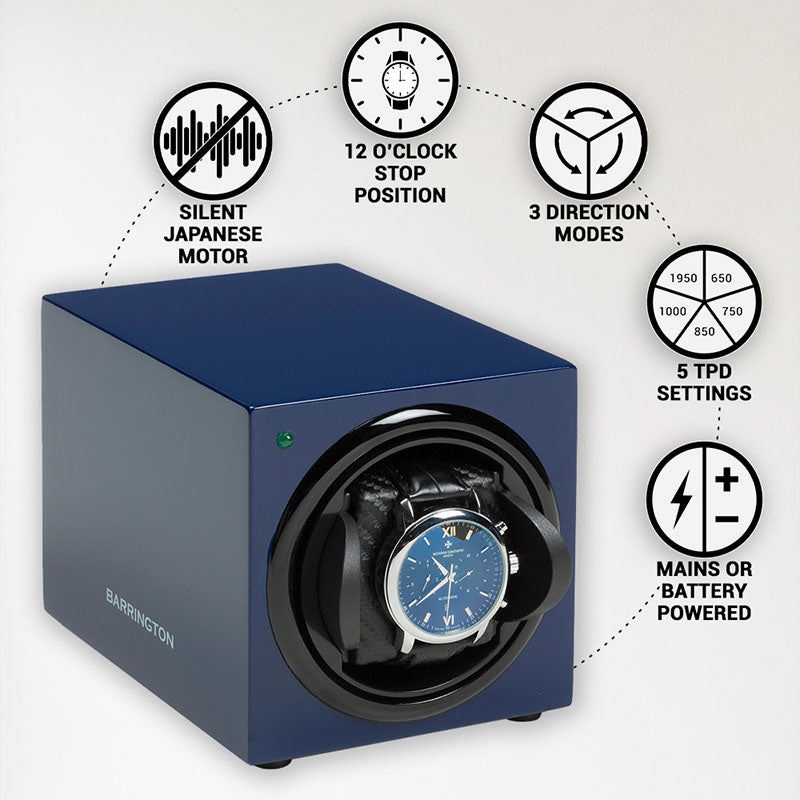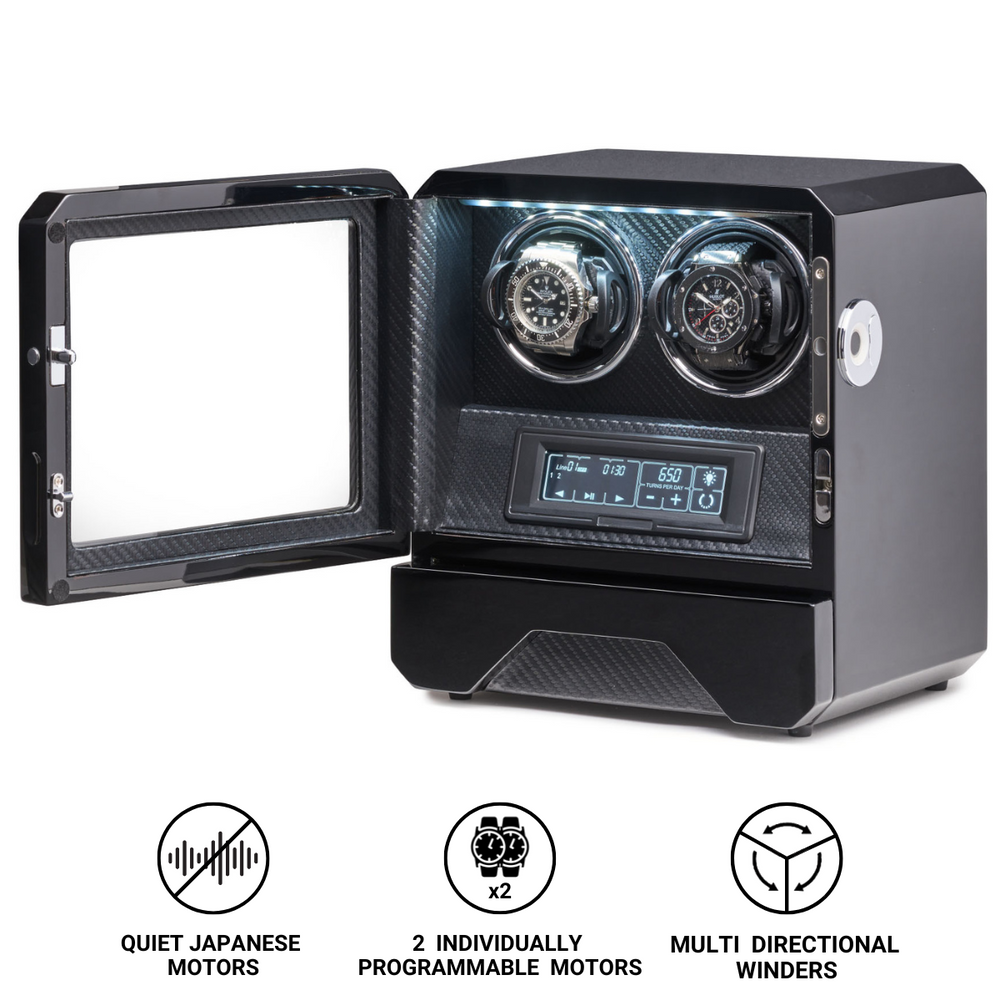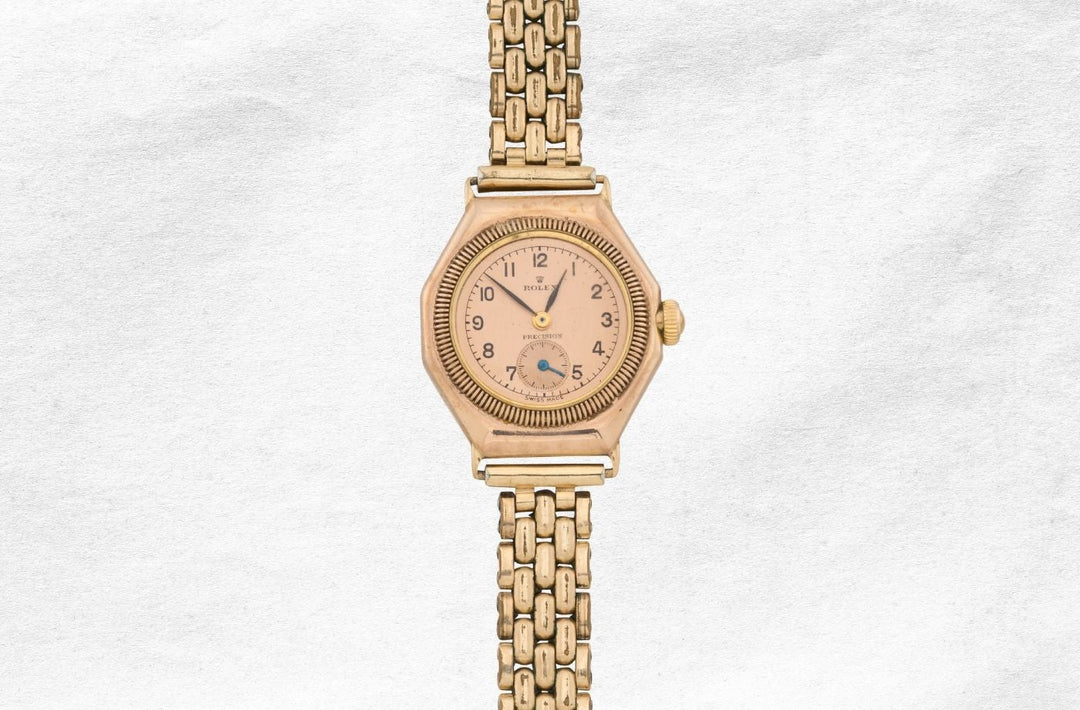Swarovski at 130: Innovation, Craftsmanship and Global Resonance
In 1895, Daniel Swarovski established a factory in Wattens, Tyrol, pioneering electric crystal-cutting technology. The use of hydropower from alpine rivers enabled sustainable production long before the concept became mainstream. This foundation of engineering precision and aesthetic clarity redefined how beauty and function could coexist in accessible luxury.
Adaptation and Industrial Versatility
By 1919, Swarovski’s innovation extended to industrial applications through the creation of Tyrolit, a subsidiary producing abrasive tools. This diversification helped the company withstand the economic turbulence of the interwar period and proved its ability to align artistry with utility.
Crystals Beyond Jewellery
In the 1920s and 1930s, Swarovski crystals entered haute couture. Designers such as Chanel and Schiaparelli incorporated them into fashion, transforming crystals into cultural symbols of elegance. Crystal-studded trims, accessories and even hosiery reflected the aesthetic of Art Deco and defined the glamour of the era.
Wartime Resilience
During the Second World War, Swarovski pivoted from jewellery to manufacturing machine components and abrasives. Despite the shift in focus, the brand retained global visibility thanks to long-standing export relationships and a reputation for precision.
Optics and Innovation
In 1949, Swarovski Optik was founded, launching a new era in optical engineering. Its binoculars and later innovations—such as laser rangefinders and AI-powered object recognition—earned global acclaim for performance and design. These instruments became vital for mountaineers, nature observers and rescue teams alike.
The Hollywood Effect
The 1956 launch of the Aurora Borealis crystal finish, in partnership with Christian Dior, marked a turning point. The iridescent coating captivated fashion houses and costume designers, featuring in iconic garments worn by Hollywood legends. Swarovski’s connection to cinema continues today through costume, jewellery and accessory design.
Collectible Culture and Brand Community
The introduction of the Silver Crystal figurine line in 1976 created a new cultural category. These art objects led to the formation of the Swarovski Crystal Society, a global membership programme offering exclusive pieces and events for collectors.
Contemporary Brand Evolution
The 1989 replacement of the Edelweiss emblem with the swan marked a visual and strategic shift. Expansion into Asia and the Middle East followed, with modernised production and a renewed emphasis on brand identity. Retail experiences were reimagined for a global, digitally engaged audience.
Sustainability and Social Mission
In 2013, the Swarovski Foundation was established to support education, sustainability and creative development. Initiatives such as Waterschool promote responsible water use worldwide. The launch of synthetic crystal pearls in 2000 underscored the brand’s dedication to ethical innovation.
Crystal Timekeeping: A Place in Watchmaking
Swarovski’s contribution to horology began not with mechanical movements but with aesthetics. Since the 1990s, its crystals have featured in watches from numerous global brands, adding brilliance to dials, bezels and straps. In 2009, Swarovski introduced its own watch collections, combining Swiss quartz movements with signature crystal embellishment. Models such as the Octea Lux and Crystalline range demonstrate how precision watchmaking and decorative design can converge.
While not intended for the haute horlogerie segment, Swarovski watches appeal to those who value elegance and clarity. Collectors who own crystal-set timepieces are advised to store them with care. Soft-lined watch winders and slow-rotation settings help preserve crystal finishes and maintain functionality of automatic calibres, reinforcing the intersection of beauty and practical preservation.
Leadership for a New Era
In 2022, Alexis Nasard became Swarovski’s first CEO from outside the founding family. Under his leadership and the creative direction of Giovanna Engelbert, the brand continues to explore digital expansion, generational storytelling and curated exclusivity. With over 3,000 retail locations and 88 percent brand recognition in the UK, Swarovski remains deeply embedded in contemporary visual culture.
Legacy and Future
Swarovski’s 130th anniversary reflects not only a journey through design and innovation but a cultural evolution. Every crystal carries a trace of craftsmanship and a promise of continuity. As the brand enters its next century, it balances heritage with reinvention, proving that true luxury is not only visible but meaningful.














